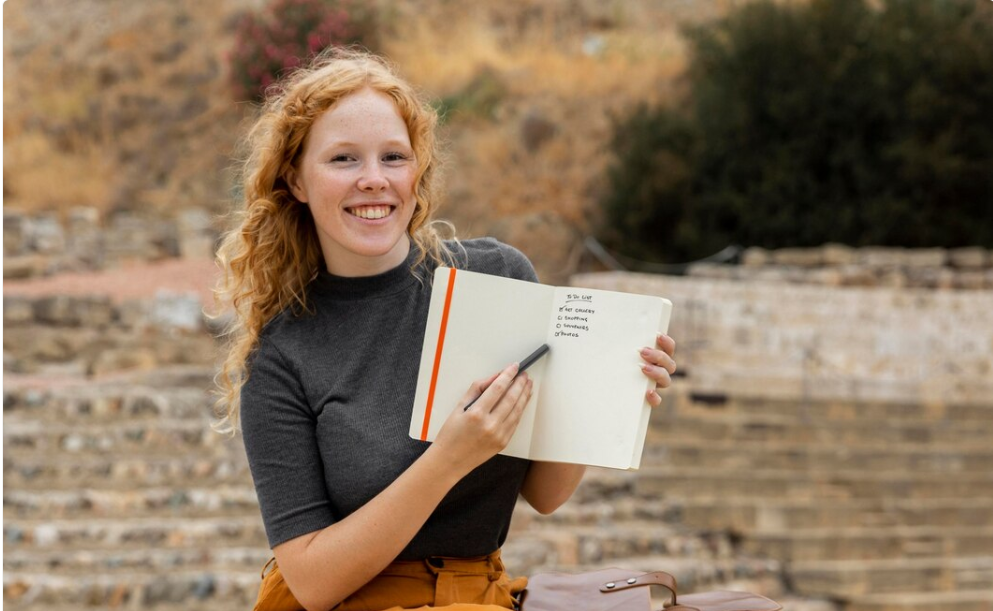Cultural Immersion Travel: Learning Languages on the Road
In today’s hyper-connected and globalized world, the ability to communicate across cultures is more valuable than ever. For entrepreneurs and company directors, cultural awareness and multilingual skills are not just assets — they are critical tools for expanding into new markets, building trust with international partners, and navigating the intricacies of global business.
One of the most enriching and efficient ways to learn a language is through cultural immersion. Travel offers a unique opportunity to not only explore new places but also absorb languages in their native context, gaining practical, real-world fluency far beyond the capabilities of any classroom or textbook.
Why Cultural Immersion is the Best Language Teacher
Traditional language education often falls short when it comes to spontaneous conversation, regional slang, or cultural subtleties. Immersion forces the brain to adapt quickly. When you’re surrounded by native speakers, reading signs in another language, and ordering your morning coffee in a foreign tongue, learning becomes organic and intuitive.
Being immersed in a culture also helps reinforce your language skills through constant exposure. Listening to local radio, watching foreign films, or participating in community events sharpens both your listening and speaking abilities in ways a formal course cannot replicate.
Top Destinations for Language and Culture Immersion
- Spain: A hub for Spanish learners, cities like Madrid and Barcelona offer countless opportunities to interact with native speakers while experiencing vibrant local traditions.
- France: From Paris to Provence, France provides a perfect backdrop for learners of French, offering language schools, cultural centers, and immersive experiences like homestays or cooking classes.
- Japan: For those intrigued by the Japanese language and culture, Tokyo and Kyoto offer structured programs along with full cultural exposure, from etiquette to cuisine.
- Mexico: A warm and welcoming environment, Mexico is an excellent place to learn Spanish while diving into rich historical and culinary traditions.
Tips for Learning Languages While Traveling
1. Stay with Locals
Platforms like Airbnb, Couchsurfing, or local homestay programs allow you to live with native speakers. This daily contact fosters real conversation and cultural exchange, improving your pronunciation and vocabulary in meaningful ways.
2. Enroll in Local Language Classes
Many destinations offer short-term intensive language courses tailored for travelers. These classes often include cultural excursions that further deepen your understanding of the local lifestyle and language usage.
3. Practice Daily with Locals
Don’t be afraid to make mistakes. Start conversations in cafés, markets, or public transport. Locals generally appreciate the effort and will often help you learn with patience and encouragement.
4. Use Language Apps in Real Situations
Apps like Duolingo, Babbel, or HelloTalk are great, but they work even better when used to reinforce what you hear and see around you. Try translating real signs, menus, or even social media posts from locals.
5. Keep a Language Journal
Write daily entries using new vocabulary or expressions you picked up during your travels. This not only solidifies your memory but also shows your progress over time.
Language as a Business Strategy
For business leaders, cultural immersion is more than personal growth — it’s strategic. Learning a language while traveling helps develop cultural empathy and business intuition. Being able to negotiate, network, and lead in a foreign language is an unmatched advantage in today’s competitive landscape.
Moreover, understanding the cultural nuances that influence communication styles, business etiquette, and decision-making processes can make or break a deal. Immersive travel experience can turn you into a more adaptable, globally-minded leader.
Challenges of Learning Languages on the Road
Of course, language learning while traveling is not without its hurdles. Cultural misunderstandings, language plateaus, and moments of frustration are normal. However, these challenges are also where the deepest learning occurs. They teach resilience, patience, and humility — all key leadership traits.
It’s important to set realistic goals. Instead of aiming for fluency in a few weeks, focus on practical communication. Being able to introduce yourself, ask for directions, or order in a restaurant already opens doors to richer experiences and genuine interactions.
Embracing the Journey
Cultural immersion through travel is one of the most transformative experiences you can pursue. It cultivates a deeper understanding of the world, fosters empathy, and enhances your global awareness — all while helping you pick up a new language in the most authentic way possible.
Whether you’re a seasoned executive or an aspiring entrepreneur, consider building language learning into your travel itinerary. The rewards extend far beyond the professional sphere, enriching your life with stories, relationships, and memories that stay with you forever.
Conclusion
Language and culture are inseparable. By immersing yourself in both while traveling, you position yourself not just as a better communicator, but as a more thoughtful global citizen. The road becomes your classroom, and the world, your teacher.
Stay Connected for More Travel and Lifestyle Inspiration. For more insights into travel, culture, and lifestyle tips, follow me on Instagram @salvadorordorica. If you’re seeking professional translation and localization services to enhance your global ventures, visit The Spanish Group — your trusted partner in bridging cultures worldwide.


Recent Comments